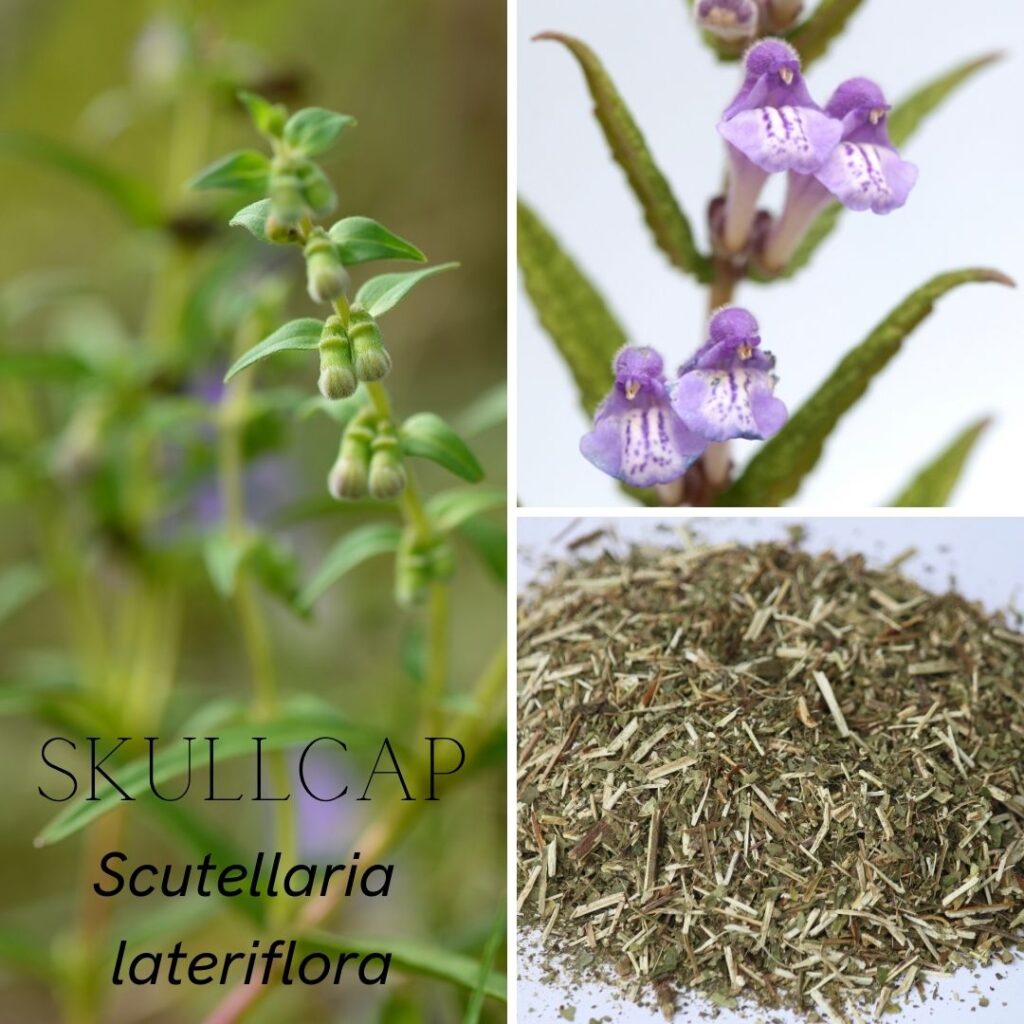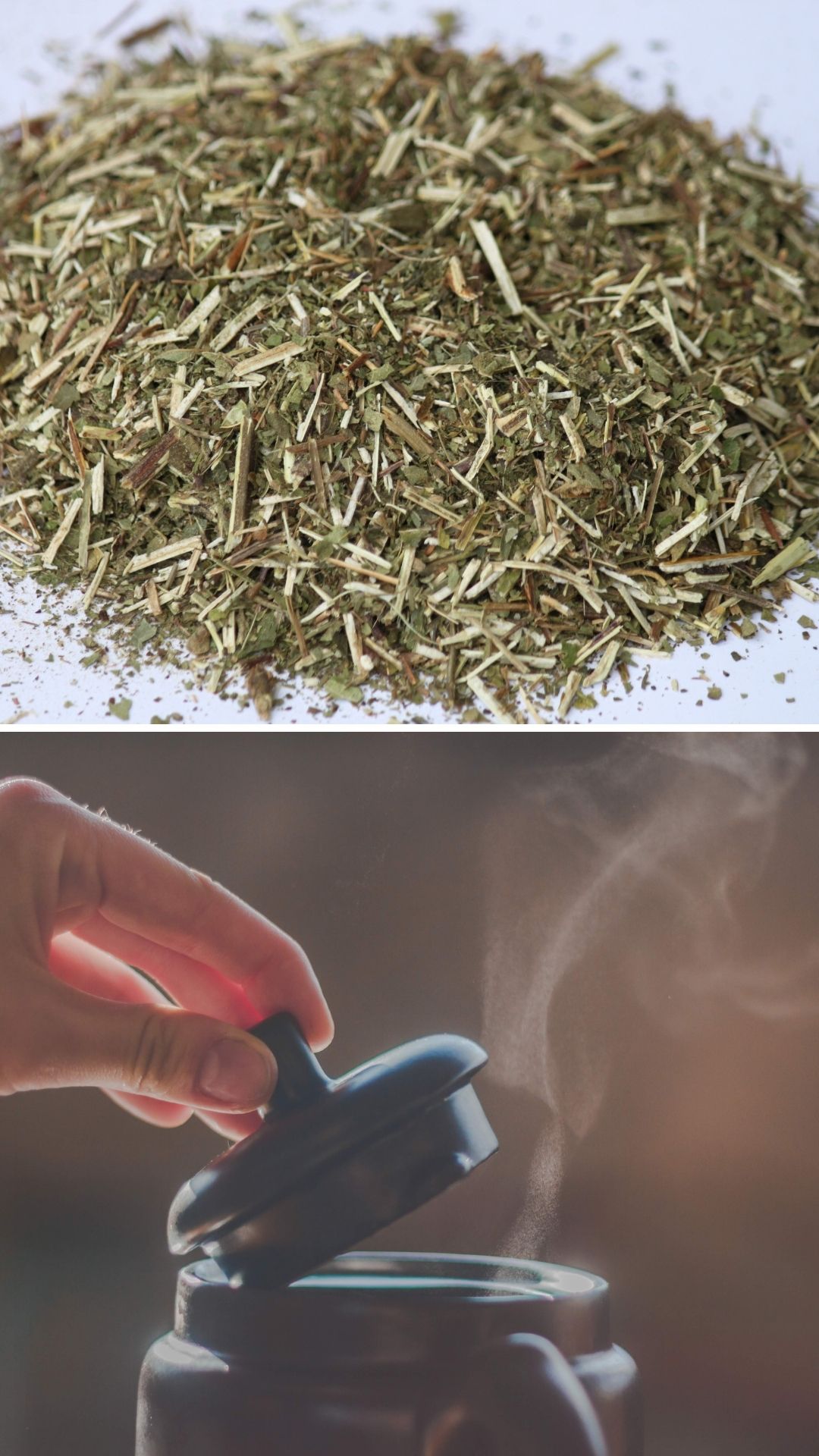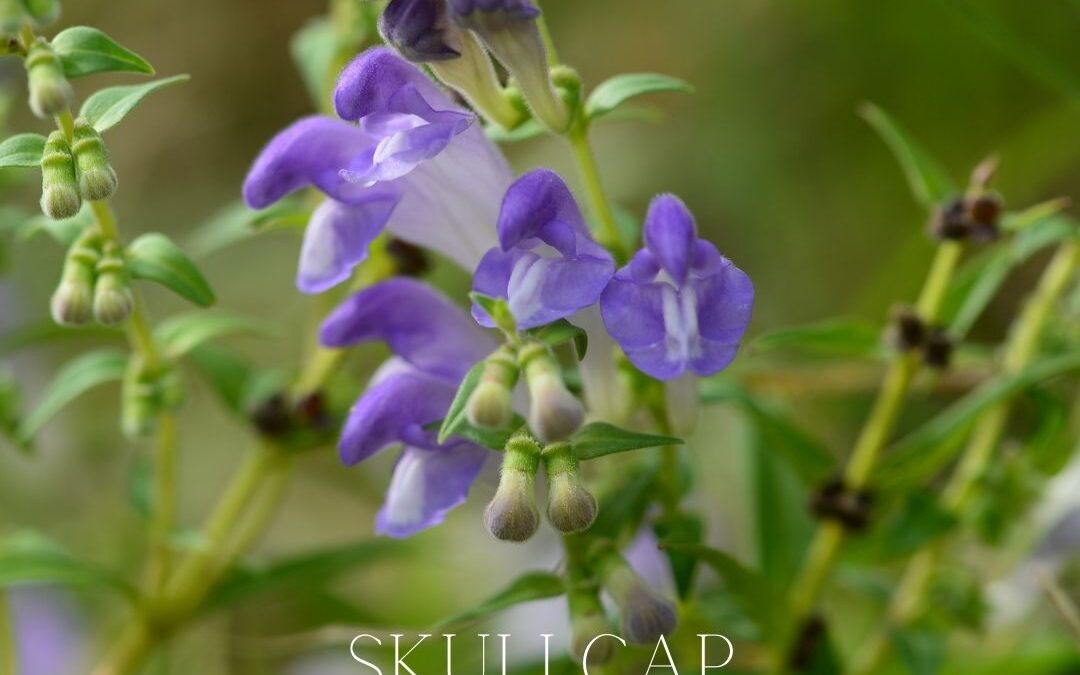I’m using a lot of skullcap in my herbal medicine practice at the moment. And it’s interesting because I’ll often review my recent prescriptions to see if there’s an emerging herb. It’s an interesting reflection on a sign of our times.
The added pressure of being locked in with loved ones
The Delta variant of COVID-19 has made it to our shores in New Zealand. So we’re locked down once more. I’ve noticed in addition to the stress and anxiety that comes with being locked in with your loved ones; whether that be as a result of homeschooling, financial difficulties, or things are simply feeling a little tired and a little difficult; there’s a new conversation emerging and it’s in relation to how readily the Delta variant can spread. It’s adding an additional source for the feelings of stress, anxiety, and just feeling worn out by this roller coaster of lockdowns.

And then skullcap emerges making herself known.
“Pick me”, she says.
Because skullcap is the herb to support you through times of stress and overwhelm, it’s the perfect choice for what we’re living with at the moment.
Skullcap is a Native American herb. It’s Latin name is Scutellaria lateriflora. And it’s my go-to herb for busy executives, overwhelmed parents, and stressed out students and workers. It calms anxiety and nervous tension without making you feel drowsy. So you don’t get that morning hangover associated with sleeping tablets and herbs that are deeply sedating.
How to use skullcap
Now you can take skullcap as a tablet or as a tincture or a tea. My favourite way is a cup of tea.
So what’s a tincture?

A tincture is when a herb is macerated in a combination of alcohol and water. After a period of time, the herb is removed from the mix, leaving you with a tincture.
The liquid is called a menstrum. The plant matter is called a marc. When the marc is removed, the plant chemicals or phytochemicals are left behind in the mixture.

Now for a tea, because we’re using the aerial parts (those parts above the ground) of skullcap, we’re simply pouring boiling water over it, covering the cup or making it in a tea pot.
Leave it to infuse in the pot or covered cup for three to five minutes.
Skullcap healing properties
I find a cup of fresh skullcap tea is just like wrapping yourself in silk. It’s that warm, soothing hug that you can’t help but sink into. This variety is known as American Skullcap in recognition of its use in Native American medicine. It belongs to the Lamiaceae family, the mint family. It has that balanced yet complex combination that you find in most mints which is cooling, and faintly bitter.
Herbalists refer to it as a nervine, or trophorestorative. And in traditional medicine, this means that it heals and supports the body in rebuilding the nervous system. It is traditionally used in times of physical and mental exhaustion, and to support sleep in a gentle rather than a knock you out kind of way.
My teacher always used to refer to it as the one that helps you keep your hat on. I love it. And it’s great for calming the scattered thinking that comes from having too many balls in the air.
Now, in theory, this is one to avoid if you’re pregnant or lactating. And like all herbs, work with a medical herbalist if you’re taking medication.
How to learn about your herbs
The best way to get a sense of your herb is with organoleptic tasting. Organoleptic tasting is the traditional way of understanding how a herb interacts with your body.
Your body wisdom
Your body knows exactly what it needs to heal itself.
For example, if you cut your hand your body immediately gets to work using what it’s got to hand to begin the process of repair. And my job as your herbalist is to connect you with the herbs that your body is already searching for. And you can do this too for your own well-being needs by using organoleptic tasting to understand how a particular herb affects you.
And in my online programme, The Secret Art of Creating Tasty Herbal Tea, I talk you through this in detail. There are also handy resources so that it makes it easy to record what you’re noticing. Here’s an outline of what to do.
An Introduction to organoleptic tasting
Organoleptic tasting is all about using all of your senses to get to know your herb. The way that it affects your body is something known in traditional western herbal medicine as an appropriation.
So start with what you see. Once you’ve poured your cuppa, before you’ve even taken a sip, how would you describe the colour? Are there images that come to mind when you’re looking at that colour? Words that come to mind? Just take a moment and just really notice the many colours within your cup.
Next, bring the cup to your nose. Inhale gently, and inhale deeply. How do you feel? What are you thinking about? What are you remembering? Or imagining? What sensations in your body are you becoming aware of?
Now for the taste. Like a fine wine, allow the tea to wash over all parts of your tongue and hold that tea in your mouth. And then once you really got a sense of it in your mouth, then you swallow it. What do you see in your mind’s eye when you’re doing this? What thoughts or words are coming to mind? Where do you feel this tea in your body? And how does it feel to you?
Interestingly, when you do this with a group of people, you will notice similar themes and descriptions and images coming up. These are the general qualities of your herb. What you uniquely feel is how that herb interacts with all the wonderful unique things about you.
The added benefit of combining skullcap with organoleptic tasting
You could describe organoleptic tasting as an exercise in mindfulness. That, in itself can be calming and relaxing. Combine that with the attributes of skullcap and you’ll find yourself beginning to feel a little better about the world you find yourself in today.

